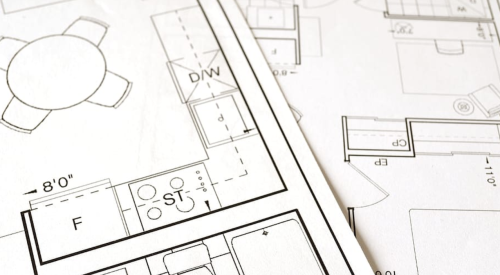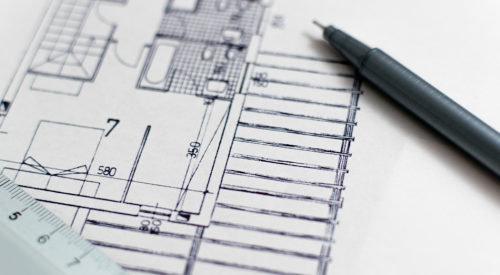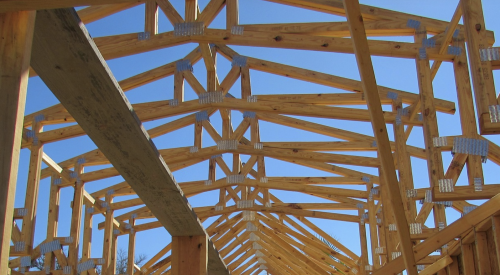There is nothing in homebuilding that makes less sense than purchasing by the square foot and it is a big obstacle in Lean implementation. Other than the fact that it makes things easy I suppose, there is very little to be said for it. It damn sure makes purchasing inaccurate and confusing, at best. Not much of a tradeoff. Imagine, for a moment, buying an automobile by the pound. Do you think you could do any meaningful price/value comparisons? Worse yet, you are the purchasing manager for the new Superbo XLT4i Turbo 2.0? You send out the bid packages to buy tires, seats, carpet, dash components, transmissions, paint, hood-ornaments, steering assemblies and, of course, turbo-chargers – and receive the bids back all in price-per-pound. How would you make sense of that? Answer: You wouldn’t.
This comes up all the time in our LeanBuilding Blitz and LeanPlan Workout weeks with builders, suppliers and trades. Not long ago a Texas framer lamented that he had to bid 5 new plans of 5-6 elevations each. The builder insisted on a single “per square foot” bid price that applied to all units.
The problem is – and everyone, (everyone!) knows this to be true – the plans cost very different amounts per square foot to build. The Bristol is real simple, with big open spaces. Cheap & easy. The Brentwood plan is smaller, but with more cut-up living spaces. That costs more to build. The Dovewood has a bunch of trayed ceilings making things quite complicated. That cost’s more, too. The Briarwood has elevations festooned with shutters, pop-outs and eyebrows – all adding both material and labor cost. Then there is that one elevation with the 32 corbels. Egad. And they want him to bid by the square foot? He is making his best guess and hoping it works out – as are you.
But the framer gives the price, because he has too. This problem becomes difficult when we put these plans through the Lean-wringer and simplify them greatly, (without negatively impacting the look or quality,) removing excess and oversized headers, unneeded framing lumber and over-spec’d EWP. A few elevations with a lot of junk hanging on them are simplified. And I don’t think I have ever seen a Texas house that wouldn’t look better with a few less roofline breaks, and we fix those, too. All those moves saved labor and materials – but since you bid $/sq ft, how do you value them? If we had genuine unit-costing, this would be easy and significant dollars could be removed.
Last week a discussion on this subject began on the “LeanBuilding Group” on www.LinkedIn.com. There are a lot of very interesting posts and examples that will stimulate your thinking on this challenge. Go there, join up and enter the discussion. I will continue this subject in next week’s blog post.










